Crop production where little or no tillage occurs defines conservation tillage. Conservation tillage benefits water quality because it reduces soil erosion and run-off. Soil erosion degrades the quality of our soil resource by washing away valuable organic matter, nutrients, and minerals. These materials, called sediment, usually end up in our streams and lakes and impair drainage, wildlife and fish habitat, and recreational values. Also, run-off carries fertilizers and pesticides which impair water quality.
Farmers who utilize conservation tillage realize other benefits beyond protecting water quality. Conservation tillage increases the amount of small soil clumps in a field, making it easier for plants to establish roots and allowing them to reach deeper into damper soils. The plant matter left on the soil surface also traps moisture in the soil by reducing evaporation and run-off. Studies have shown that fields left in continuous no-till can have up to an additional two inches of water available in late summer. The leftover plant matter also increases the amount of organic matter in the soil.
Farmers who use conservation tillage also see cost savings. Conservation tillage saves on labor and time because farmers make fewer trips through the field. This also saves on fuel costs, an average of 3.5 gallons of fuel per acre. Fewer trips also means an estimated savings of $5 per acre because there is less machinery wear and maintenance.
The Benefits of Conservation Tillage:
Agronomic
- Improves Soil Tilth
- Increases Organic Matter
- Traps Soil Moisture & Improves Water Availability
Monetary
- Reduces Labor and Saves Time
- Saves Fuel
- Reduces Machinery Wear
Environmental
- Reduces Soil Erosion
- Improves Water Quality
- Improves Wildlife Habitat
- Improves Air Qualit
